Ten years ago, Kamala Lopez was a film director presenting her first feature film at the Smithsonian Institution. A part of the museum’s “Women of Our Time” exhibition, her film A Single Woman focused on the life of Jeannette Rankin—the first United States Congresswoman. While there, she met actress Taylor Williams who was playing the part of women’s rights activist Alice Paul in another film based on Paul’s life and her work for the Equal Rights Movement.
It was then that Lopez realized she hadn’t personally done enough to help ratify the Equal Rights Movement, as women are still considered second class citizens under federal law. “I became frozen in that anachronistic moment in time,” she said. “There I was, a modern feminist film director in 2009 facing the reality that, except the outfits, nothing had changed for women since Alice Paul’s day in 1920.” Ever since, she’s been active to change that with the Equal Means Equal movement.
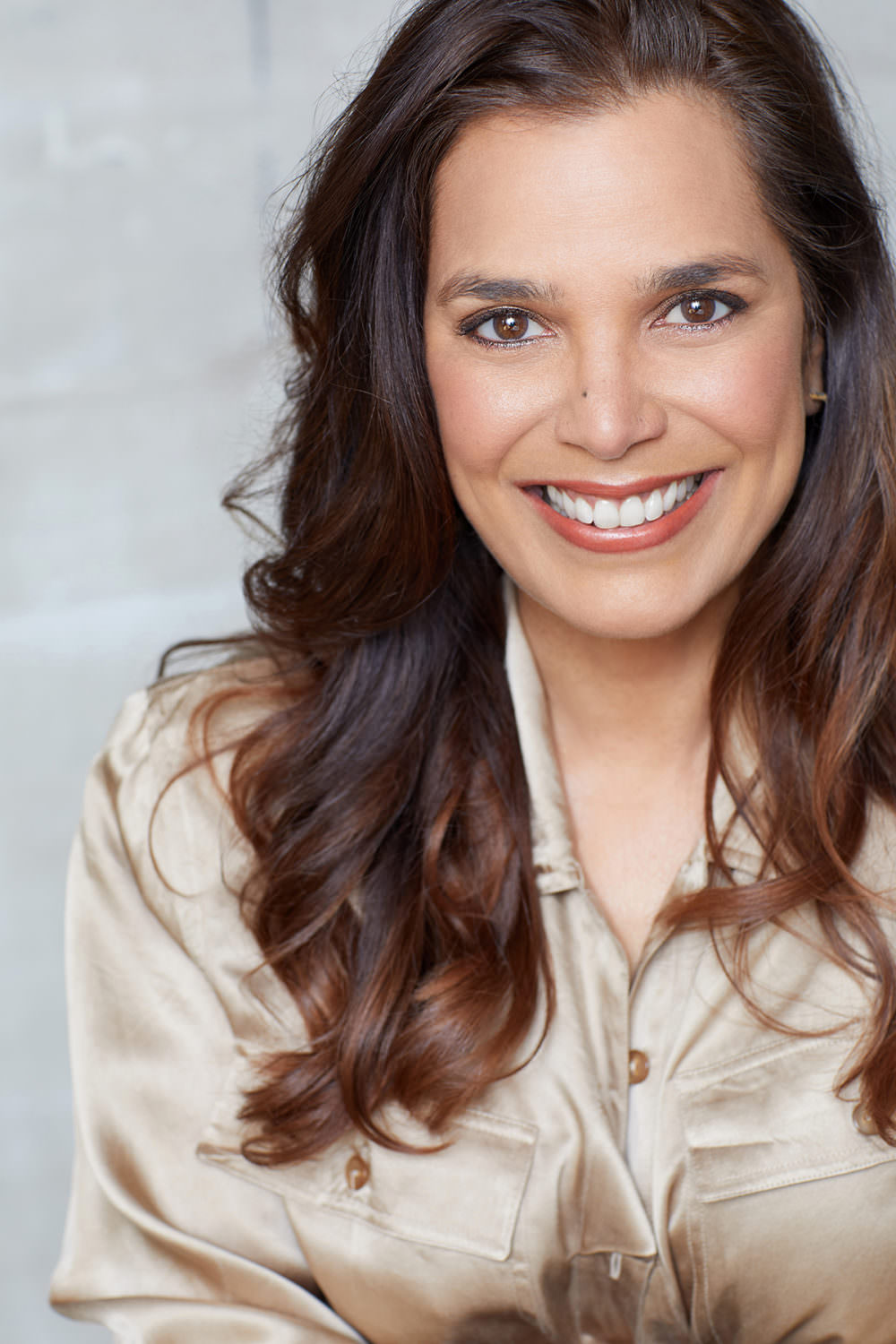
Whitewall spoke with Lopez about how her background in film led her to fighting for women’s equality, how art is present at Equal Means Equal, and what female artists she’s inspired by today.
WHITEWALL: Tell us a bit about Equal Means Equal and why you founded it. You started with a film?
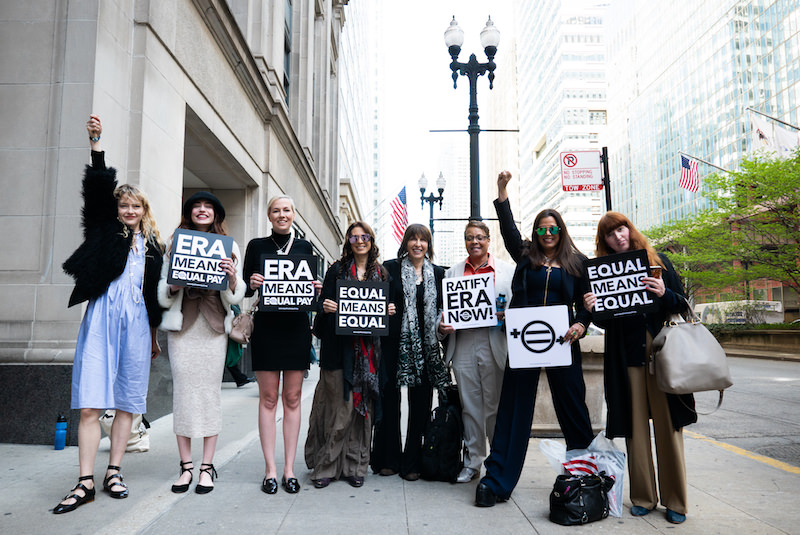
Courtesy of Equal Means Equal.
KL: After many years of working with my husband Joel Marshall and my mom Liz Lopez—making PSAs; going out to colleges, high schools, elementary schools, workers meetings, city councils; creating classroom curriculum; getting celebrities to do videos; and putting together two informational websites (for the ERA Education Project and ERAUniversity)—I embarked on making a documentary film about it. The movie took many years to research, fundraise, shoot, write, edit, rewrite, reedit, post-produce, etc. I knew I needed a tool that would be indisputably effective and shake us out of the complacence and misinformation that had taken hold of the women’s movement on the Equal Rights Amendment (ERA) since 1982.
I knew I needed to make an airtight argument for why we still needed ERA, despite the public perception that all women’s issues had been magically handled by the various other acts and laws put in effect after the failure of ERA to meet the artificially imposed deadline of 10 years given to it by Congress (which has no such right in the amendment process).
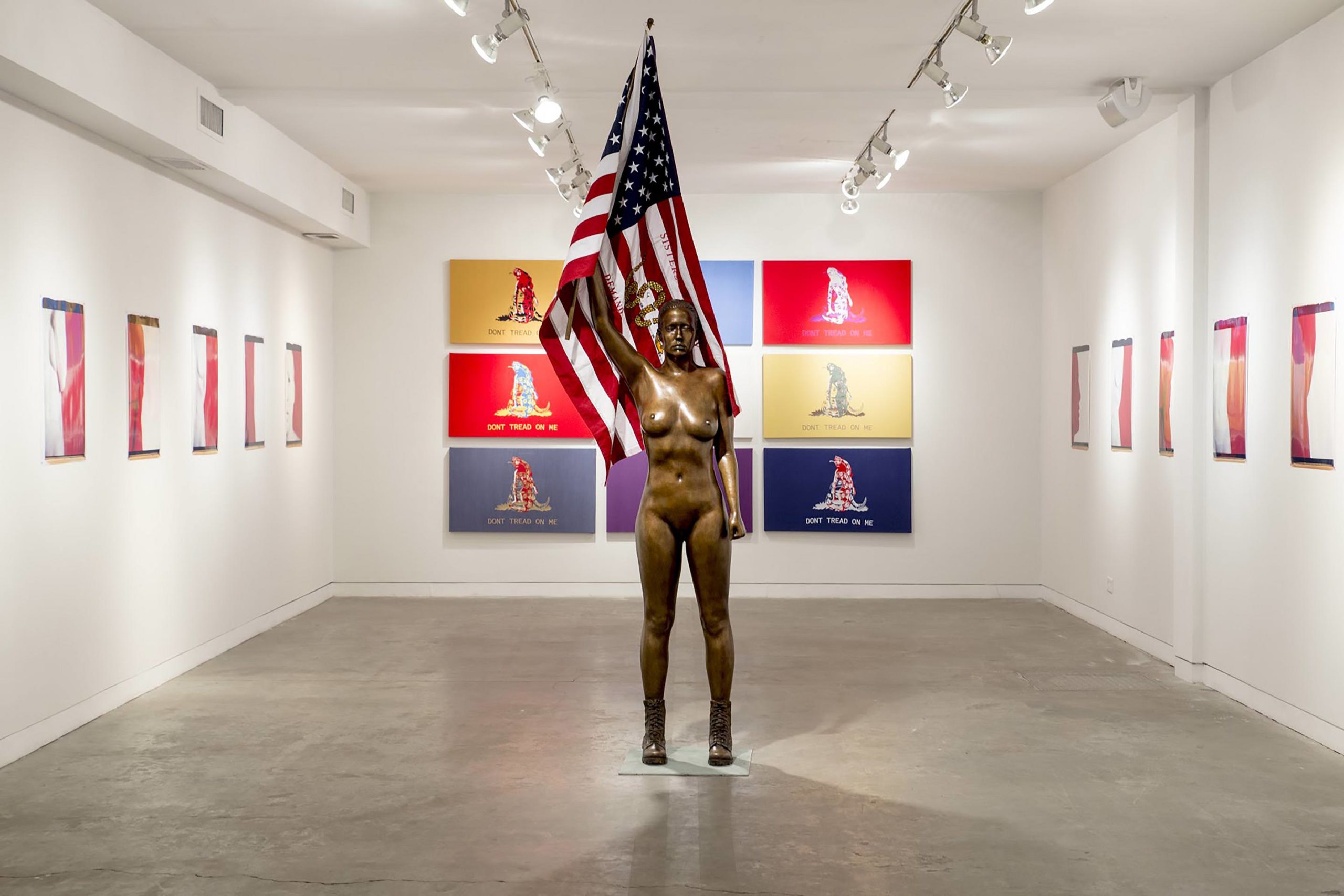
Natalie White, Sister of Liberty. Courtesy of Equal Means Equal.
The original cut of the film was co-written with Gini Sikes and was over seven-and-a-half hours long. It was a four-hundred-and-eighty-page script. We covered over two dozen subject areas where women experienced discrimination in American society on the basis of their sex. I wanted it to be a ten-part series. I couldn’t get Hollywood to buy in for even one measly documentary. This was in 2012. This was before the Me Too movement, so on a Hollywood studio lot, a feminist documentary about equality was essentially a punchline.
WW: In 2016, the documentary film Equal Means Equal was finally released. What has it provided to the community since?
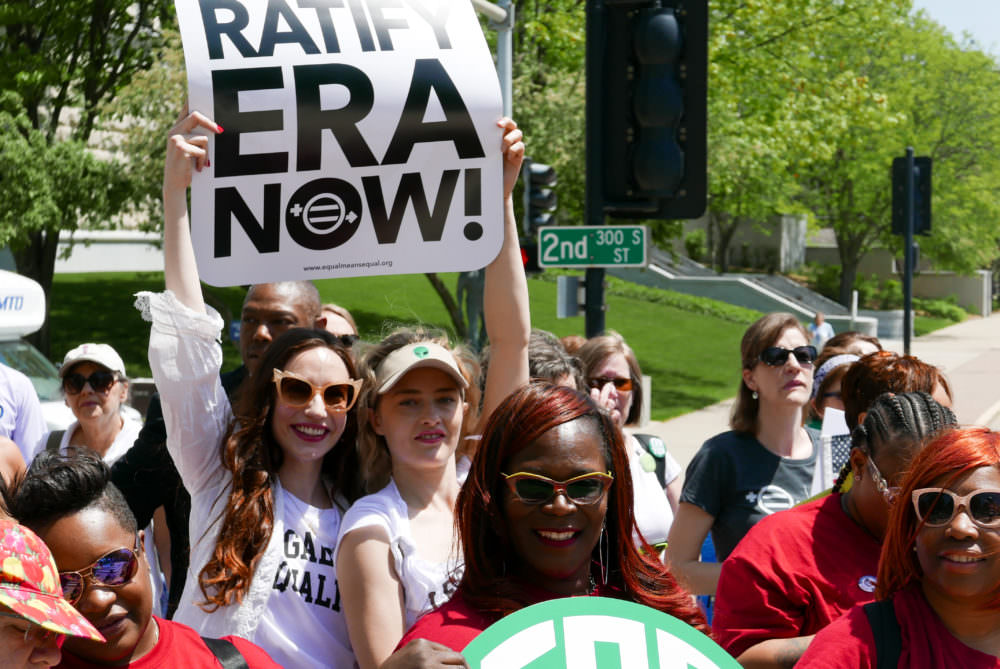
Courtesy of Equal Means Equal.
KL: It has been used to educate, organize, and mobilize women and our allies to achieve the ratification of the Equal Rights Amendment in two of the last three states needed to complete the federal amendment process—Nevada, March 2017; Illinois, May 2018—which was started in 1923 when Alice Paul wrote the legislation.
The Constitution clearly states that upon ratification of two thirds of the states, the amendment shall be adopted. It doesn’t say after you get to 38 states then you have to go back to Congress and ask them to weigh in on it.
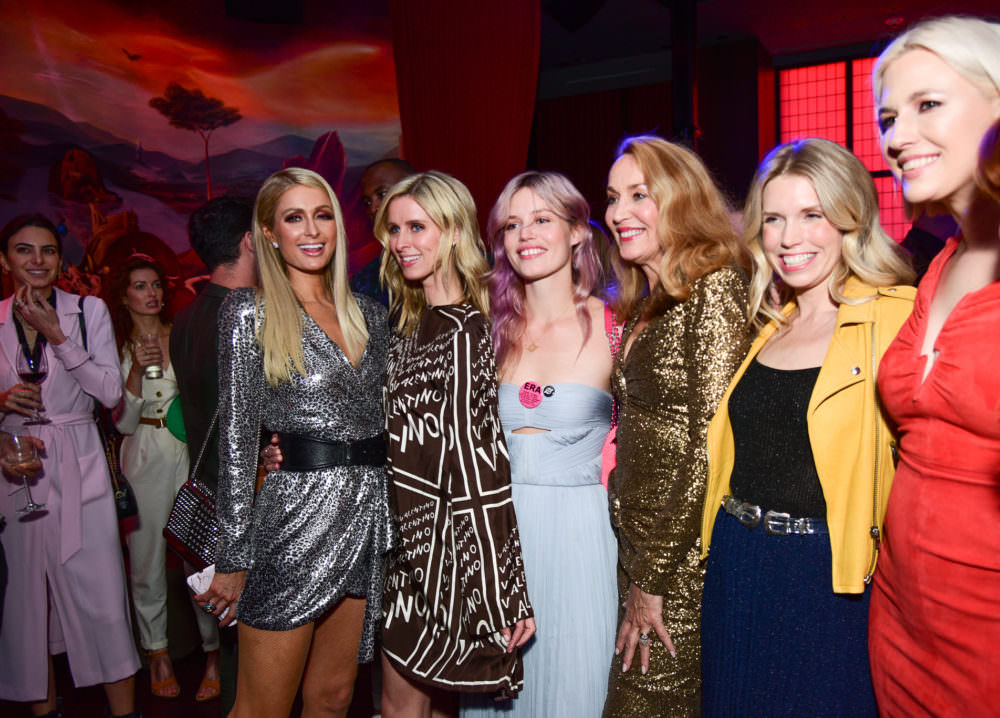
Paris Hilton, Nicky Rothschild Hilton, Georgia May Jagger, Jerry Hall, Theodora Richards and Natalie White.
Photo by Aurora Rose and Patrick McMullan for Getty Images.
Courtesy of Equal Means Equal.
That means that the next state that ratifies ERA will complete the federal process and women will become fully equal citizens under our Constitution. This is MASSIVE. You can watch Equal Means Equal here to find out exactly why.
WW: Tell us what you’re up to with Equal Means Equal today.
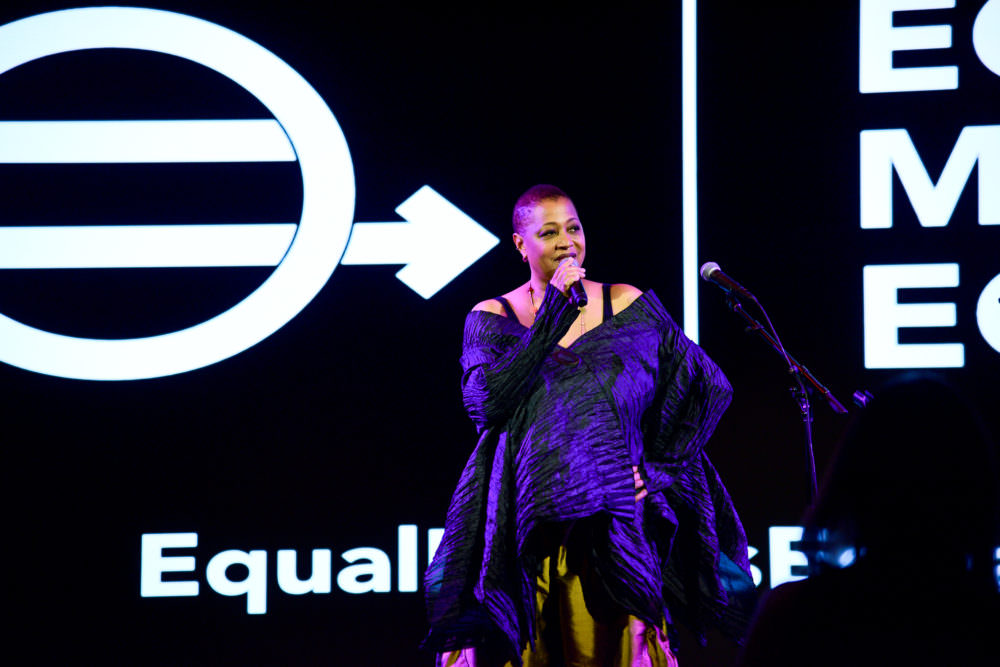
Lisa Fischer.
Photo by Aurora Rose and Patrick McMullan for Getty Images.Courtesy of Equal Means Equal.
KL: Presently I am in Suffolk, Virginia at the Equal Means Equal House with other ERA activists, including Natalie White and Jules Wood because we believe that Virginia is ground zero for the ERA. The other non-ratified states are Alabama, Arizona, Arkansas, Florida, Georgia, Louisiana, Mississippi, Missouri, North Carolina, Oklahoma, South Carolina, and Utah.
We believe the most likely place where we can win is in Virginia because: 81 percent of Virginians support ERA and want their state legislators to vote on it; ERA has passed in the VA Senate the past five times it has been voted on with bi-partisan support; and the Supreme Court has determined the Virginia district maps were racially gerrymandered and has ordered them redrawn. That highly improves that chances for more pro-equality candidates to win their districts this year than in the past ten years.
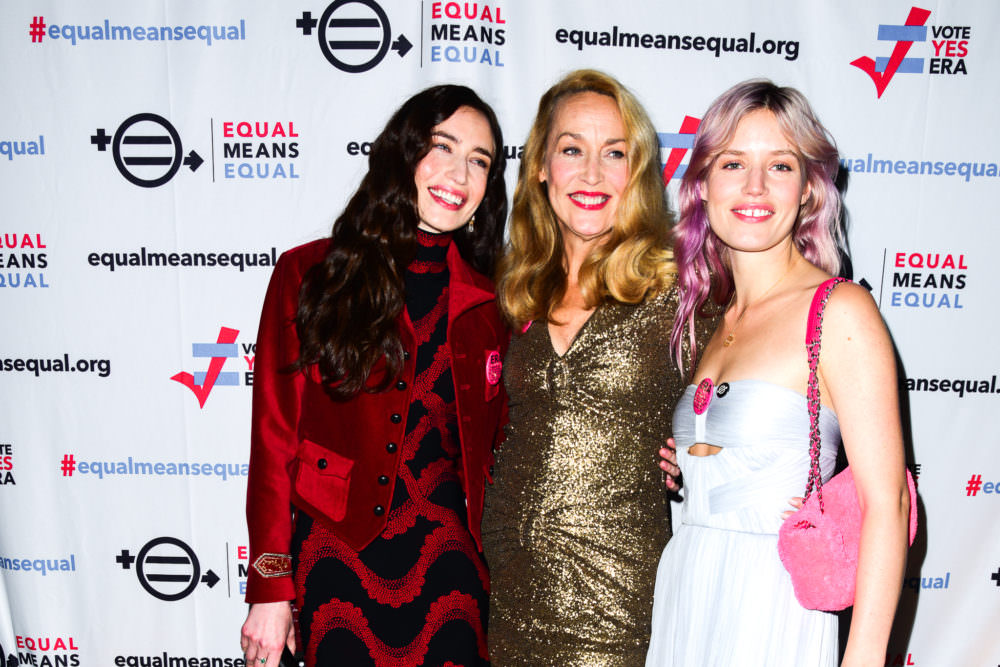
Lizzy Jagger, Jerry Hall and Georgia May Jagger.
Photo by Aurora Rose and Patrick McMullan for Getty Images.
Courtesy of Equal Means Equal.
But not so fast. We’ve been on the ground in Virginia for the past four years, and despite the clear will of the people for it to pass, the Virginia House Leadership refuses to allow the legislation on the floor for a vote. There are a few bad legislators who refuse to let the vote be taken. So, we are going to get out there and educate, activate, and get out the vote.
We’re in Virginia to turn this upcoming state election around in November and flip the seats we need to have pro-equality leadership in the House of Delegates come January. Then in January 2020, we will achieve a “yes” vote on the final state and all Americans will be equal under the law regardless of sex and gender.
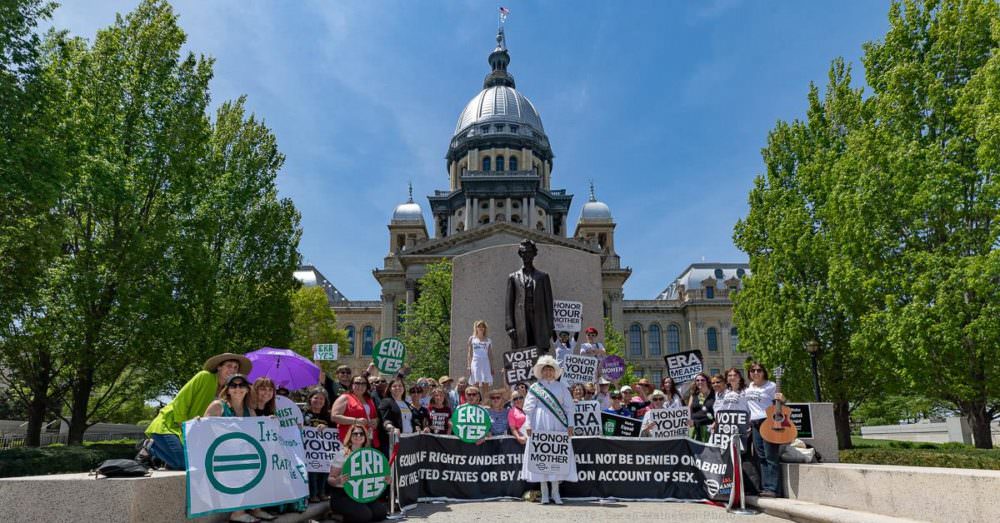
Courtesy of Equal Means Equal.
WW: What can someone not living in Virginia do to help make change?
KL: If you are from out of state but want to work for equality and the ERA at this herstoric moment, there are many great ways to get involved—including phone banking, texting, post carding, amplifying on social, and helping with resources.
The “Family Foundation” gave VA Speaker of the House Kirk Cox a million dollars to kill the vote on ERA in the 2019 session. That money is being distributed among anti-equality candidates by house leadership to keep their majority and kill our chances at full equality for all Americans again. We have to stop that.
Please go to equalmeansequal.org and click on the iScream4Equality tab to find out all the details about this campaign, which will run until the elections in Virginia on November 5.
WW: Tell us a bit about how art is present in your work at Equal Means Equal.
KL: Both myself and most of the people who have been involved with the organization are artists, most notably my Vice President Natalie White. who is an important feminist fine artist. My husband, Joel Marshall, is an actor and has an MFA from CalArts; Jules Wood is a fashion magazine editor; Thilagavathi Siva comes from an international film background; our graphic designer, Tom Martin, designed some of the most iconic Hollywood film posters during his tenure heading the department at Universal, including Jurassic Park, Schindler’s List, and Twins; photographer Jill Greenberg, who shot the original The Handmaid’s Tale ad campaign, works with us; Anthony Federov of American Idol fame volunteers with music; R. Black and Shepard Fairey have been longtime supporters; Lizzy Jagger is our Global Ambassador, and is able to help us reach out to artists all over the world; our management team, Mojo, includes Jordan Walker Pearlman, Morris Ruskin, and Alex Flores who have strong relationships with diverse talent across film and TV; and of course, Patricia Arquette, who was Executive Producer on my documentary film Equal Means Equal, is a huge supporter of both art and artists, and is the girlfriend of artist Eric White. So, we have actors, writers, painters, editors, models, musicians…
I guess I would say that we are lacking in non-artists! We have a wonderful partner, Rebecca Galvez, who handles the business aspects for us. And my mom and original investor, Liz Lopez, is a school headmistress and keeps us in line.
WW: The organization has been supported by ambassadors and artist-donors like Georgia May-Jagger, Will Cotton, Tracey Emin, and Hank Willis Thomas. How do these people represent the voice Equal Means Equal has?
KL: These artists are concerned about the state of society in general and women in particular. Using their art to open up discussion and move the conversation forward is critical to the overall success of our mission.
The ratification of the ERA will necessarily involve the broadening of public understanding and perception of this invisible “elephant in the room” of the American republic—the absence of equality for more than half its citizens.
Part of art’s function is to pull focus from the everyday distractions and false normalcy and show you something true. Something real. Something that you feel in your very being. That shift of consciousness allows the viewer, the citizen, to take a different point of view on something that may have always seemed okay and ask the question, “Is this really okay?”
This is an art-driven organization that functions primarily from a place of emotion and instinct. I am a big believer in the power of emotion to connect us with truth. The truth is that our American society does not believe women are equal to men; does not believe that women should be guaranteed equal protections, opportunities, and an access to life, liberty, and the pursuit of happiness. And that must change now.
WW: This month Equal Means Equal rented a house in the area where anyone can come have “a free beach vacation” if they help with the campaign while in town. Tell us a bit about this.
KL: We’ve rented a house in Suffolk, straddling two important Virginia districts (76 and 91). On September 12, we hit the ground in those districts—canvassing, going to local events and public spaces, hosting dinners, and inviting the community to connect with on the ERA and the upcoming local state elections.
There are six beds in the house and two couches. We invite people to sign up and come help. Dates are now available, and all the way through the elections on November 5. Come for a couple of days, a couple of weeks, or even the whole two months. If we run out of room in the house, we will expand into other houses that we have ready to go.
WW: What is your hope for the near future in terms of women in the workplace, including artists, designers, and entrepreneurs?
KL: I hope that women and our allies continue to push forward to cement the gains we have achieved in the past few years and push through to the real systemic change we need. The fear is that the backlash will be such that our gains remain cosmetic.
I think it is important that women understand the distinction between power and the feeling of empowerment. American propaganda is selling a lot of products by telling women that they are “empowered.” One is a subjective sensation. The other is an objective reality.
Women are presently being gaslit and brainwashed into buying into an empowerment narrative while also being conditioned to self-exploit and code that as empowerment. The law, institutions, systems, judges, etc.—these have the power. Without our inclusion in these—guaranteed, protected, and equal—power is a pipe dream.
WW: Are there any female artists you gravitate toward today for their work in the women’s movement?
KL: Natalie White is my favorite female artist because she is a badass. She can’t be stopped. She is beautiful and strong and incredibly brave (and somewhat reckless) and her work is all that too. I support all female artists who choose to use their voices in the service of our class.
We must truly understand, internalize and believe that it is our female dharma to rebalance the power dynamics on the planet and bring order to the chaos and violence ripping us apart—countries, races, families. That involves laws, yes, but it absolutely cannot and will not happen without art.






